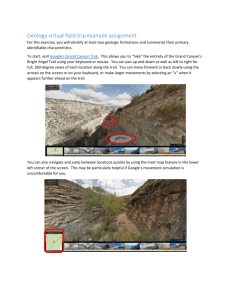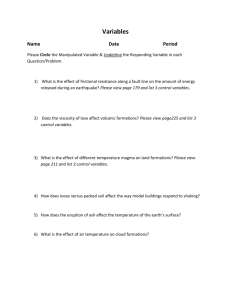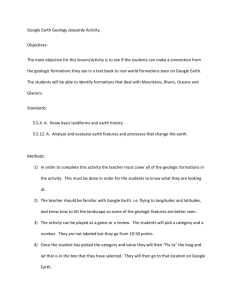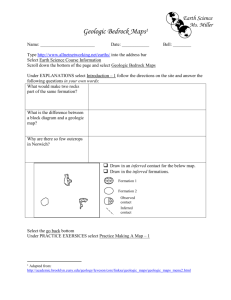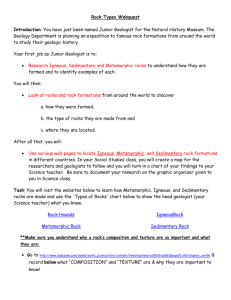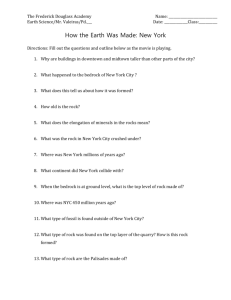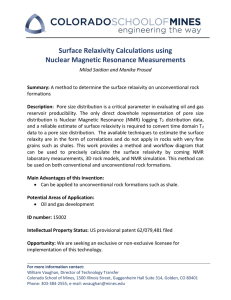Earth Science - North Mason School District
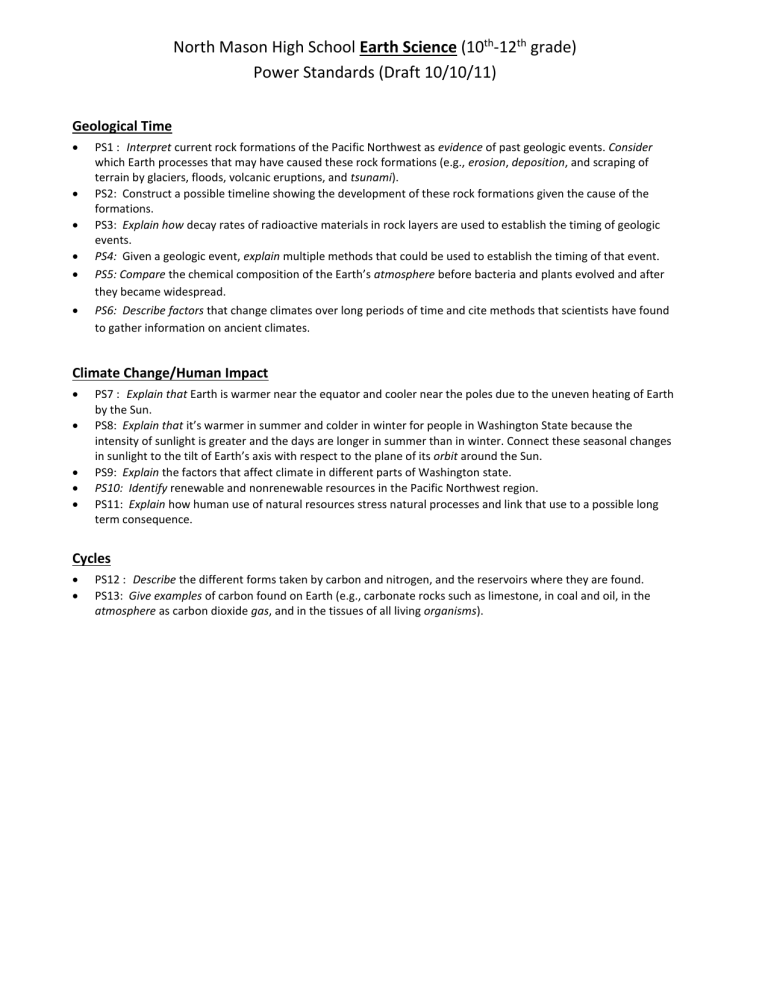
North Mason High School Earth Science (10
th
-12
th
grade)
Power Standards (Draft 10/10/11)
Geological Time
PS1 : Interpret current rock formations of the Pacific Northwest as evidence of past geologic events. Consider which Earth processes that may have caused these rock formations (e.g., erosion, deposition, and scraping of terrain by glaciers, floods, volcanic eruptions, and tsunami).
PS2: Construct a possible timeline showing the development of these rock formations given the cause of the formations.
PS3: Explain how decay rates of radioactive materials in rock layers are used to establish the timing of geologic events.
PS4: Given a geologic event, explain multiple methods that could be used to establish the timing of that event.
PS5: Compare the chemical composition of the Earth’s atmosphere before bacteria and plants evolved and after they became widespread.
PS6: Describe factors that change climates over long periods of time and cite methods that scientists have found to gather information on ancient climates.
Climate Change/Human Impact
PS7 : Explain that Earth is warmer near the equator and cooler near the poles due to the uneven heating of Earth by the Sun.
PS8: Explain that it’s warmer in summer and colder in winter for people in Washington State because the intensity of sunlight is greater and the days are longer in summer than in winter. Connect these seasonal changes in sunlight to the tilt of Earth’s axis with respect to the plane of its orbit around the Sun.
PS9: Explain the factors that affect climate in different parts of Washington state.
PS10: Identify renewable and nonrenewable resources in the Pacific Northwest region.
PS11: Explain how human use of natural resources stress natural processes and link that use to a possible long term consequence.
Cycles
PS12 : Describe the different forms taken by carbon and nitrogen, and the reservoirs where they are found.
PS13: Give examples of carbon found on Earth (e.g., carbonate rocks such as limestone, in coal and oil, in the
atmosphere as carbon dioxide gas, and in the tissues of all living organisms).
